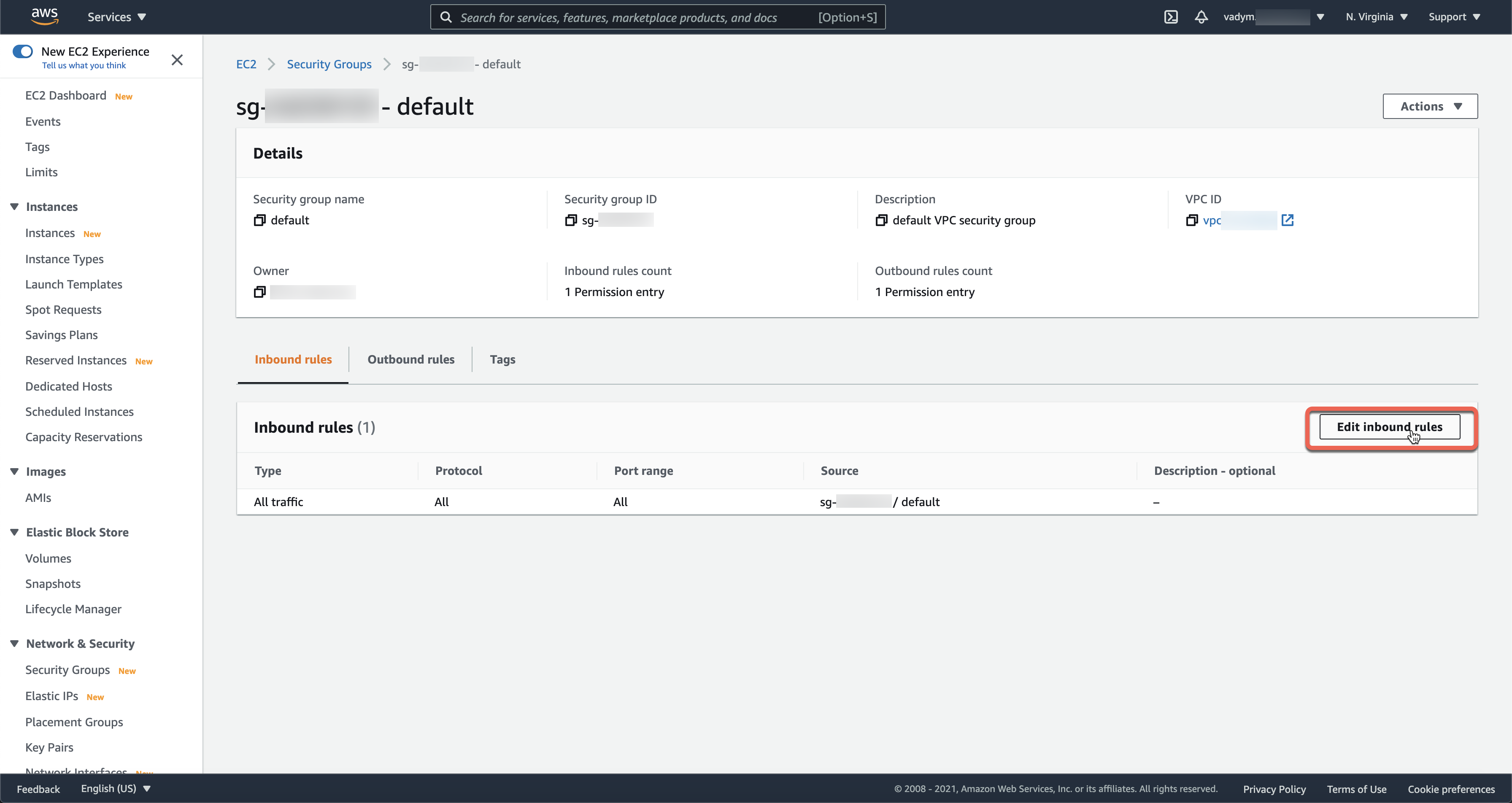

We run Djangoon Amazon High-CPU Extra-Large machines, and as our usage grows we’ve gone from just a few of these machines to over 25 of them (luckily, this is one area that’s easy to horizontally scale as they are stateless). Next up comes the application servers that handle our requests. We use Amazon’s Route53 for DNS, which they’ve recently added a pretty good GUI tool for in the AWS console. We also terminate our SSL at the ELB level, which lessens the CPU load on nginx. Recently, we moved to using Amazon’s Elastic Load Balancer, with 3 NGINX instances behind it that can be swapped in and out (and are automatically taken out of rotation if they fail a health check).
#Aws postgresql apache django update
The downside of this approach is the time it takes for DNS to update in case one of the machines needs to get decomissioned. Load BalancingĮvery request to Instagram servers goes through load balancing machines we used to run 2 nginx machines and DNS Round-Robin between them. We’ve only got 3 engineers, and our needs are still evolving, so self-hosting isn’t an option we’ve explored too deeply yet, though is something we may revisit in the future given the unparalleled growth in usage. We’ve found previous versions of Ubuntu had all sorts of unpredictable freezing episodes on EC2 under high traffic, but Natty has been solid. We run Ubuntu Linux 11.04 (“Natty Narwhal”) on Amazon EC2. We’ll go from top to bottom: OS / Hosting Go with proven and solid technologies when you can.Our core principles when choosing a system are: This is how our system has evolved in the just-over-1-year that we’ve been live, and while there are parts we’re always re-working, this is a glimpse of how a startup with a small engineering team can scale to our 14 million+ users in a little over a year. One of the questions we always get asked at meet-ups and conversations with other engineers is, “what’s your stack?” We thought it would be fun to give a sense of all the systems that power Instagram, at a high-level you can look forward to more in-depth descriptions of some of these systems in the future. Here's a link to Apache Spark's open source repository on GitHub.Īccording to the StackShare community, Apache Spark has a broader approval, being mentioned in 266 company stacks & 112 developers stacks compared to Amazon RDS for PostgreSQL, which is listed in 167 company stacks and 29 developer stacks.What Powers Instagram: Hundreds of Instances, Dozens of Technologies "Easy setup, backup, monitoring" is the top reason why over 22 developers like Amazon RDS for PostgreSQL, while over 45 developers mention "Open-source" as the leading cause for choosing Apache Spark.Īpache Spark is an open source tool with 22.5K GitHub stars and 19.4K GitHub forks. Combine SQL, streaming, and complex analytics.Write applications quickly in Java, Scala or Python.Run programs up to 100x faster than Hadoop MapReduce in memory, or 10x faster on disk.On the other hand, Apache Spark provides the following key features:
#Aws postgresql apache django software
Automatic Software Patching – Amazon RDS will make sure that the PostgreSQL software powering your deployment stays up-to-date with the latest patches.DB Event Notifications –Amazon RDS provides Amazon SNS notifications via email or SMS for your DB Instance deployments.Monitoring and Metrics –Amazon RDS provides Amazon CloudWatch metrics for you DB Instance deployments at no additional charge.Some of the features offered by Amazon RDS for PostgreSQL are: It is designed to perform both batch processing (similar to MapReduce) and new workloads like streaming, interactive queries, and machine learning.Īmazon RDS for PostgreSQL and Apache Spark are primarily classified as "PostgreSQL as a Service" and "Big Data" tools respectively.

It can run in Hadoop clusters through YARN or Spark's standalone mode, and it can process data in HDFS, HBase, Cassandra, Hive, and any Hadoop InputFormat. Spark is a fast and general processing engine compatible with Hadoop data. On the other hand, *Apache Spark** is detailed as " Fast and general engine for large-scale data processing". Once provisioned, you can scale from 10GB to 3TB of storage and from 1,000 IOPS to 30,000 IOPS. Amazon RDS for PostgreSQL database instances can be provisioned with either standard storage or Provisioned IOPS storage. With just a few clicks in the AWS Management Console, you can deploy a PostgreSQL database with automatically configured database parameters for optimal performance. Amazon RDS manages complex and time-consuming administrative tasks such as PostgreSQL software installation and upgrades, storage management, replication for high availability and back-ups for disaster recovery.

Amazon RDS for PostgreSQL vs Apache Spark: What are the differences?ĭevelopers describe Amazon RDS for PostgreSQL as "* Set up, operate, and scale PostgreSQL deployments in the cloud ".


 0 kommentar(er)
0 kommentar(er)
